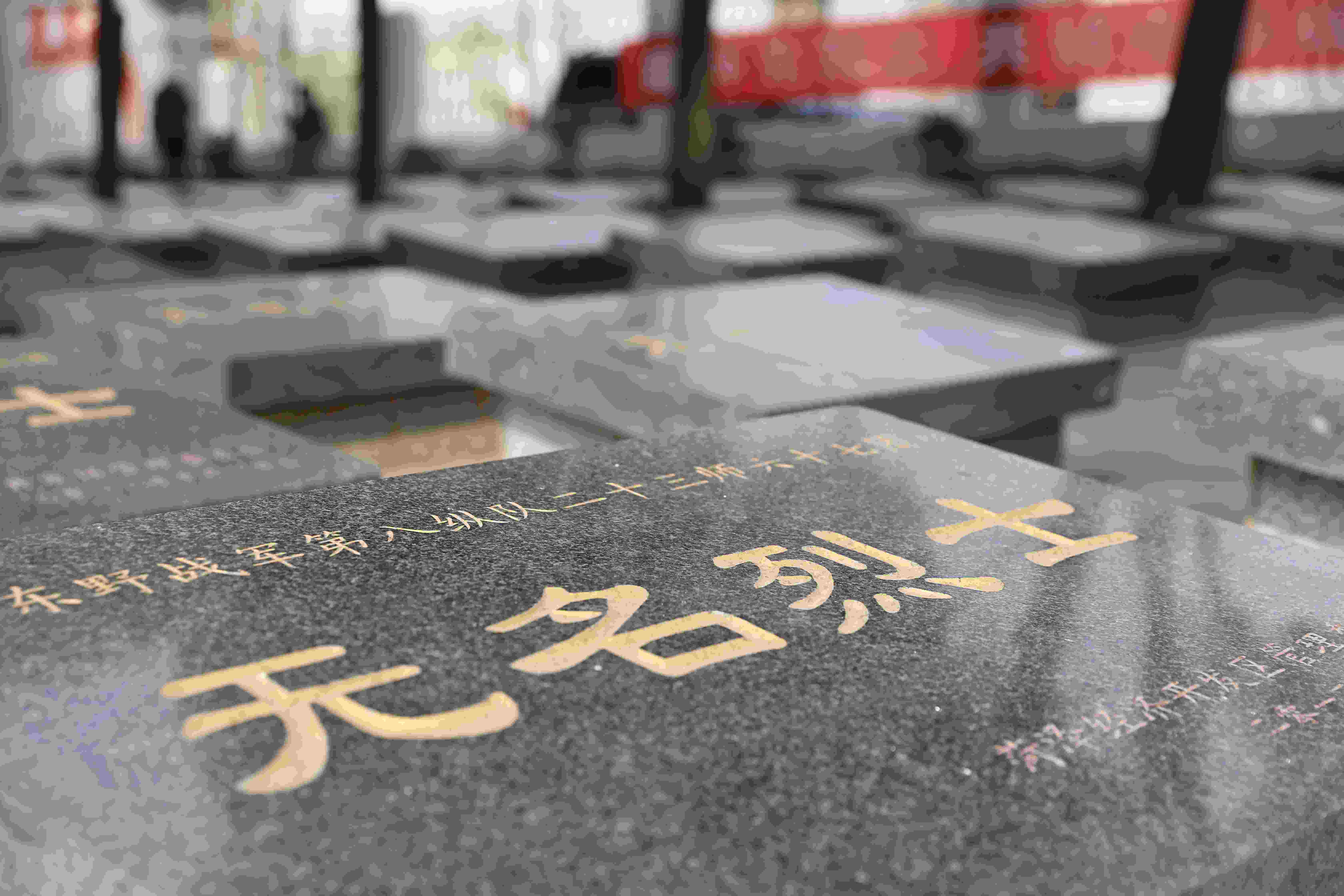
Among the 136 formerly unknown PLA soldiers buried in Zhanghezhuang Martyrs' Cemetery, 86 have been identified. (Photo: CGTN)
A battle broke out in 1947 near the city of Heze in east China's Shandong Province, between the People's Liberation Army (PLA), led by the Communist Party of China and the Kuomintang army, during China's civil war.
The village of Zhanghezhuang near Heze was once the site of a PLA field hospital during the battle. According to local seniors, PLA officers and men killed in action were buried in makeshift graves outside the village, with wooden plaques erected as gravestones. When the Kuomintang army took over the area, the graves were vandalized. The 136 servicemen killed in the three-day battle thus went nameless.
Letters to the fallen
Zhang Jingxian, a veteran from the Sino-Vietnamese War in 1979, took out a pile of envelopes from a large file cabinet in his simple office. "I've posted these letters to the fallen soldiers twice a year since 2014," said Zhang. “I've sent out more than a thousand of these letters so far."
All of these letters were written by Zhang and sent to the addresses registered to the soldiers when they joined the PLA.
As the secretary of CPC's Zhanghezhuang branch committee since 2007, Zhang's duties also include running the martyrs' cemetery. In the cemetery, the 136 nameless graves indicate the PLA soldiers fallen in the battle seven decades ago.
During the Qingming Festival, the traditional day for Chinese to pay tribute to the deceased, those nameless graves have, however, never been visited by family members.
"I felt I am obligated to find the identities and families for these unknown soldiers," said Zhang.
A decade-long search
Zhang checked archives, and visited museums and historians in various cities in the province. In 2009, Zhu Houjiang, an employee from the local CPC archive management department, provided Zhang with some documents recording the battle in 1947, including the information on the PLA units involved in the battle. In 2014, he managed to get a roster containing the names and home addresses of 86 out of the 136 KIAs.
"I now have their names, but I still need to find their families," Zhang said.
'Receiver not found'
Zhang started to send out letters to the fallen soldiers in 2014. The letters are addressed to dead people, and since the location names and addresses have changed over the past 70 years, most of the letters were returned with post office stamps saying "receiver not found," or "unclear address."
"When I send out these letters, I feel I'm sending out hope," said Zhang, "but most of the time, disappointment returns."
However, Zhang was not ready to give up. He continues sending out letters till this day, but with an extra line on the envelope, saying "this letter is addressed to a war martyr, he was xx years old when killed. Please help find his home."
'I can relate to them'
Zhang's letters travel as far as southern Guangdong Province. Maybe his efforts touched the post offices across China, who put in extra effort to locate the families of the KIAs. Till today, families of 15 out of the 136 formerly unknown soldiers have been found.
Zhang said he will continue the search as long as he can.
"I've been through war too, and I've seen the cruelty of war," said Zhang. "Those 136 [soldiers] are not from my army unit, but I feel I can still relate to them. I feel I am obligated to find their homes."


